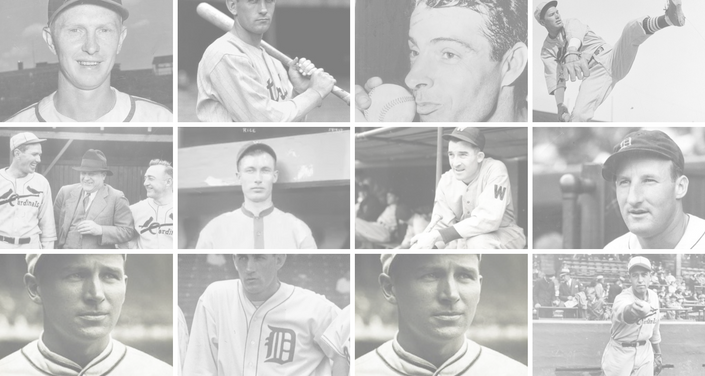Harry Pulliam upholds Hank O’Day’s delayed decision and declares the previous day’s controversial game between the Giants and Cubs a tie, a decision nobody likes. The Cubs demand the game be forfeited to them as the crowd prevented play from continuing, although darkness would have soon ended it. Both teams appeal. Pulliam sees no inconsistency with the September 4th incident that was similar to Merkle’s Boner and claims he has merely upheld his umpire on a question of fact in each case. Meanwhile, the Giants beat the Cubs, 5 – 4, after almost blowing a 5 – 0 lead. Hooks Wiltse is relieved by Christy Mathewson, and the official scorer awards the win to Matty. The loss goes to Three Finger Brown, his first loss to Mathewson since June 13, 1905.






